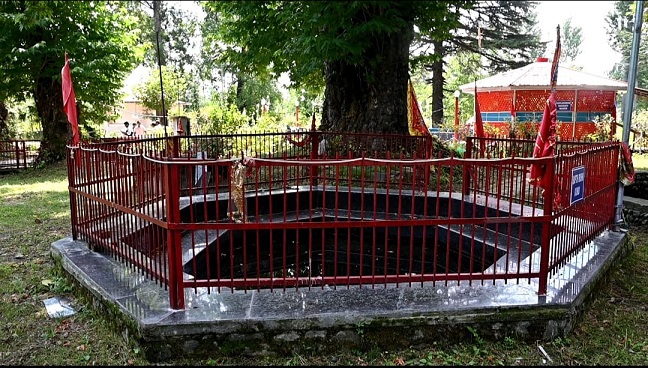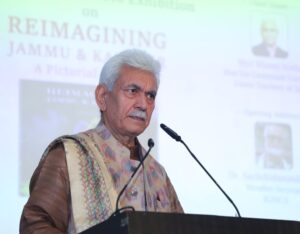Deegam, Nagbal of Shopian braces up for Annual Hawan Shrawan Bah festival
SHOPIAN, AUGUST 09: Hawan Shrawan Bah, is an annual festival, being organised at Kapal Mochan Temple Deegam, Nagbal, attended and celebrated by thousands of devotees from across India, with much fanfare and religious fervour adding diversity to the multiculturalism of the district.

The festival shall be held from August 14 with the arrival of devotees from across the nation through Yatras and shall culminate on August 17.
Throughout the celebrations, the devotees shall be engaged in Shradh ceremonies, holy bath in Sapth Rishi Kund and other rituals.
The ancient religious temple stands out as the only site in North India where special prayers are offered for those people who died prematurely. ‘Shradh’ ceremonies for (Akal mrityu), are performed here only, said a member of the management committee.
This sacred pilgrimage site is one of only three places in the country, where rituals are conducted for the salvation of souls of unnatural deaths.
The significance of the site and its unique rituals, such as Pind Dan and Shradh ceremonies, traditionally performed on the occasion of Shrawan every year, make Kapal Mochan a key destination for spiritual seekers.
The local management committee and district administration has chalked out strategy for the blissful celebrations of the festival with department wise responsibilities fixed.
Advisor and President, Management Committee, expressed hope that a high influx of devotees is expected and are ready to provide all facilities to the visitors.
In anticipation of the festival, a sanitation drive was today conducted by the Department of Information where employees, Media persons and locals participated, underscoring the importance of cleanliness.
The focus of Sanitation Drive and Outreach interaction with the management committee was to draw attention to the significance of the place, and also amplifying its recognition as a significant tourist and pilgrimage destination. This initiative was a part of a broader effort to promote the district’s lesser-known religious and cultural sites.






